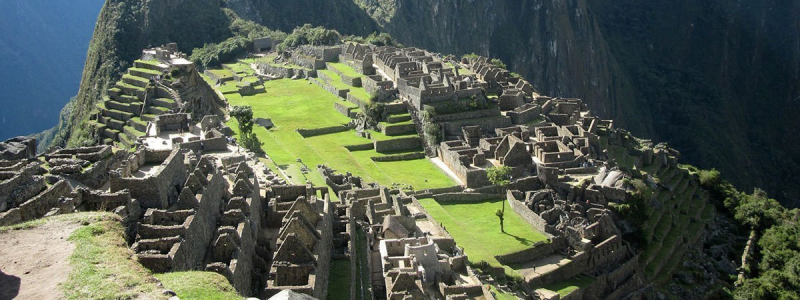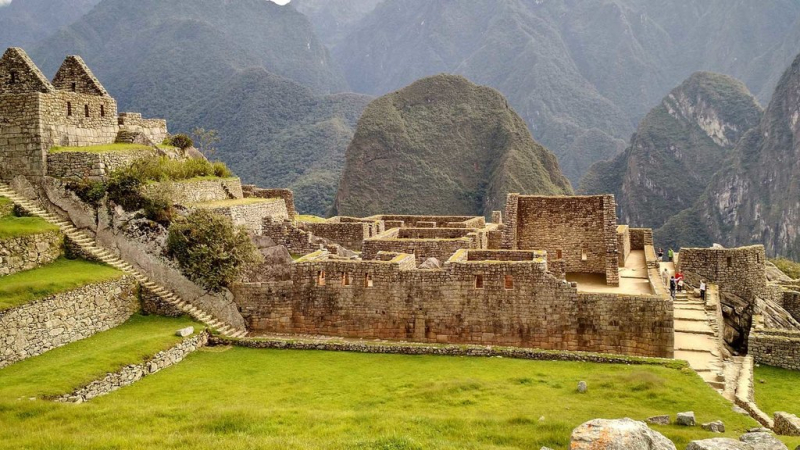The Inca Empire grew to about 2.1 million square kilometers under their leadership.
Around the 16th century, the Inca civilization is thought to have achieved its pinnacle. Before the arrival of Europeans in the region in 1532, the Inca Empire was unquestionably the biggest continent America had ever seen. The Inca Empire can be traced back to the Andean culture, which existed between the fourth and fifth centuries BC. The Andeans are often regarded as one of the few civilizations in history to emerge from the ground up.
Around the 12th century, the Incas emerged in what is now Peru. Around the beginning of the 15th century, real and significant expansion began. Everything started under the time of Inca monarch Pachacuti, who went on a conquest rampage throughout the region. For a time, Pachacuti's successors did an excellent job of holding the captured regions together. The Inca kings ruled over enormous swaths of what is now Bolivia, Peru, Chile, and parts of Columbia and Argentina during its apex. Historians believe that the Inca Empire's territory spanned 2.1 million square kilometers. And the empire was home to more than 12 million people.
The Andean civilization included the Inca people. Around the 12th century, they were a pastoral tribe who lived in the Cusco region of modern-day Peru. The Inca monarch Pachacuti began a series of conquests in the middle of the 15th century that were continued by his successors to combine most of the Andean tribes into the Inca Empire. The Inca Empire spanned much of modern-day Peru, Chile, Ecuador, and Bolivia, as well as northwest Argentina and southwest Columbia at its peak. The Inca empire was the greatest empire in pre-Columbian America, covering more than 2 million square kilometers and housing a population of roughly 12 million people. It was equivalent to Eurasia's ancient empires, and it was perhaps the world's largest empire in the early 16th century.











